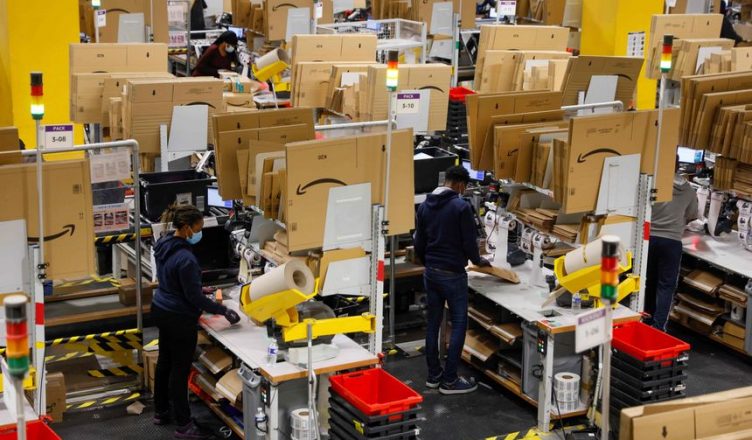Robinhood (HOOD:NASDAQ) is struggling to prove its mettle as a public company as its shares continued its downward slide in extended trading on Thursday. Shares of the online brokerage careened by more than 11% after the company missed Wall Street expectations for its first quarter.
Robinhood said it lost $392 million, or 45 cents a share, in the quarter, compared with a net loss of $1.4 billion, or $6.26 a share, in the year-ago period. Revenues fell 43% to $299 million, compared with $522 million in the first quarter of 2021. Transaction-based revenue fell 48% to $218 million, including a 39% drop for cryptocurrency revenues and a 73% decline for equities revenue, the company said.
Monthly active users fell by 10% to 15.9 million in March 2022, compared with 17.7 million for March 2021, Robinhood said. The number of active users fell 8% as compared with December 2021, mostly thanks to users with lower balances engaging “less in the current market environment,” the company said.
The online brokerage firm also issued poor guidance. Robinhood said it saw fewer people trading equities, crypto and options on its online platform, blaming the missteps on the “macroeconomic environment.”
Robinhood on Tuesday announced it was laying off 9% of its workforce, saying in a blog post that the company experienced a “rapid headcount growth” recently and that was led to some duplicate roles and “more layers and complexity than are optimal.”
In connection with the layoffs and other cost reductions , Robinhood said it expects 2022 operating expenses, excluding share-based compensation, to increase between 2% and 5% year-over-year, compared with prior expectations of an increase between 15% and 20%.
Robinhood stock has flirted with lows this week, but ended the regular trading day Thursday up 6%. The stock is trading at around $10, well below its initial public offering price of $38. Robinhood had its IPO in July.
In related news, shares of Amazon (AMZN:NASDAQ) dropped 8.53% – its lowest point since June 2020 – in Thursday’s extended trading after the online retailer posted its first quarterly loss in seven years.
Revenue for the tech giant rose by about 7% for the January-to-March period, the slowest pace in about two decades as consumers returned to pre-pandemic habits and spent more money in person at stores.
It lost $3.8 billion in the quarter, compared with a profit of $8.1 billion a year ago, when a surge in online orders due to the pandemic lifted Amazon’s prospects. The amount of products Amazon sold during the quarter was essentially flat from a year ago, and the company reported a 3% year-over-year drop in its online stores segment.
Results were also hit by its stake in electric vehicle maker Rivian Automotive Inc., which has seen its stock plunge by more than 65% this year. Amazon has a roughly 18% stake in the company and had a pretax loss of $7.6 billion due to its holdings.
Amazon signaled more uncertainty is on the way. It said it expects its operating income for the current quarter to be between a loss of $1 billion and profit of $3 billion. It posted $7.7 billion in operating income during the second quarter of 2021. One bright spot continued to be the company’s cloud business, Amazon Web Services, where sales rose about 37% in the first quarter to $18.4 billion.
The drop in online retail sales isn’t unique to Amazon. The share of U.S. retail sales that happen online rose markedly during the pandemic, reaching 15.7% in the second quarter of 2020. It fell to 12.9% during the last three months of 2021, according to Census Bureau data adjusted for seasonal factors.
March marks the first month since the pandemic started that e-commerce sales declined from the year-earlier period while in-store sales rose, according to data from Mastercard (MA:NYSE) SpendingPulse.

